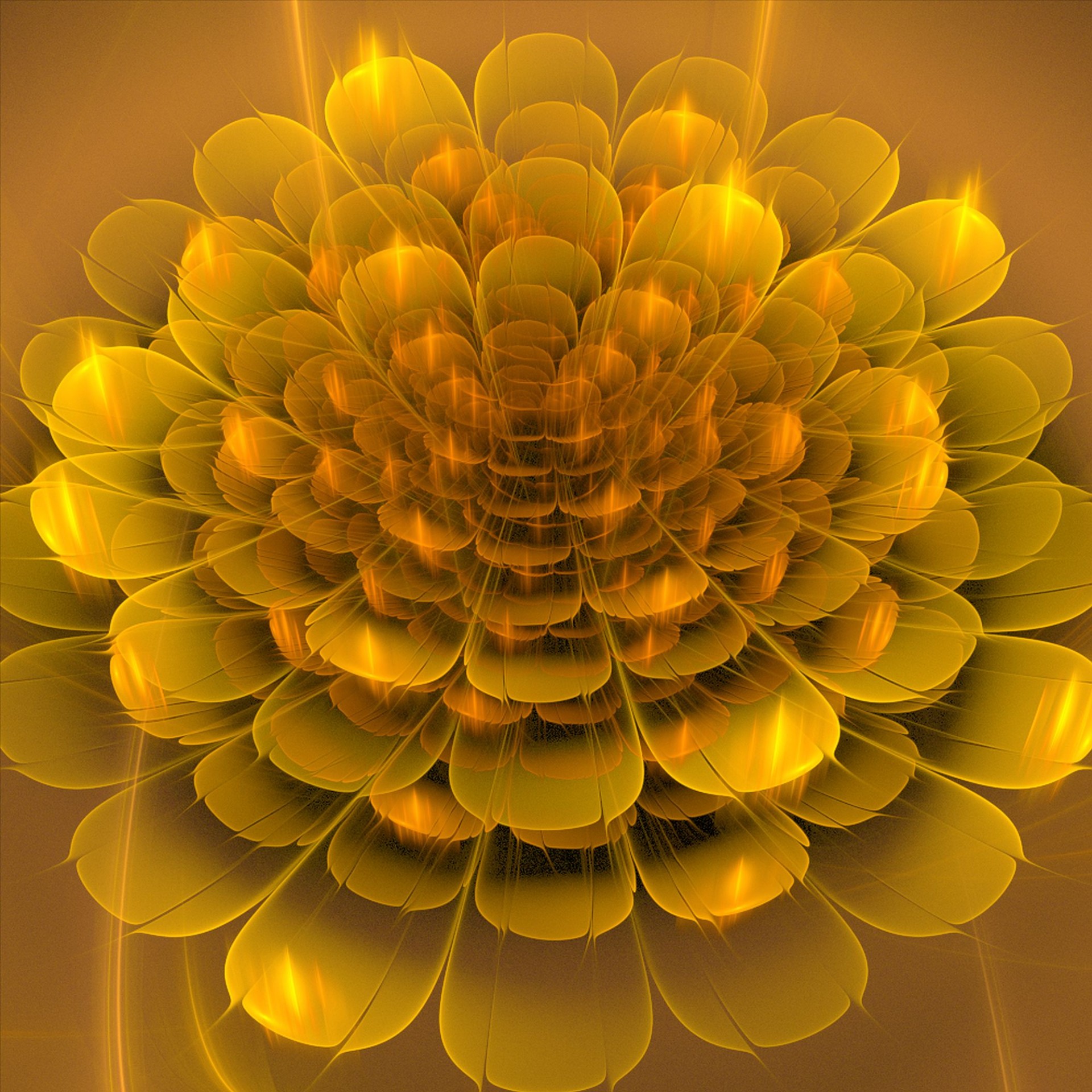1.- The essential principles of the third Chakra Manipura
1.1.- The third Manipura Chakra and its etymology
In the Hindu and Tantric tradition, Manipura, or Chakra of power, is extremely important, since its purification opens the door to the higher Chakras.
Etymologically, Mani means “jewel” and Pura means “city“; The ultimate meaning of this concept is that of the Chakra that contains the most precious jewel, the strength and power of fire that allows us to transcend our conditions and limitations. It is in this center where our inner heat and fire resides, and where the awakening of Kundalini is promoted. Manipura is cause of a powerful experience of joy, and generates security and personal satisfaction. In the Manipura Yantra, the 10 Matrikas, or Sanskrit symbols pronounced as Mantras, stand out in each of its 10 petals.
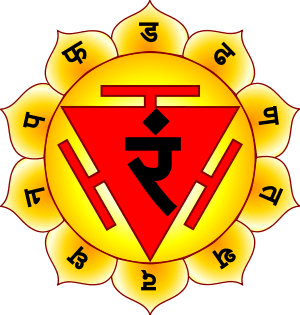
During the practice necessary to activate this Chakra, we recommend using a suitable incense like this one we offer from Goloka third Chakra Manipura.
1.2.- Location point of the third Chakra Manipura
It is located directly behind the navel, on the inner wall of the spine. His Kshetram is located just above the navel. This Chakra is anatomically related to the solar plexus, which controls digestive transit and regulates heat in the body.
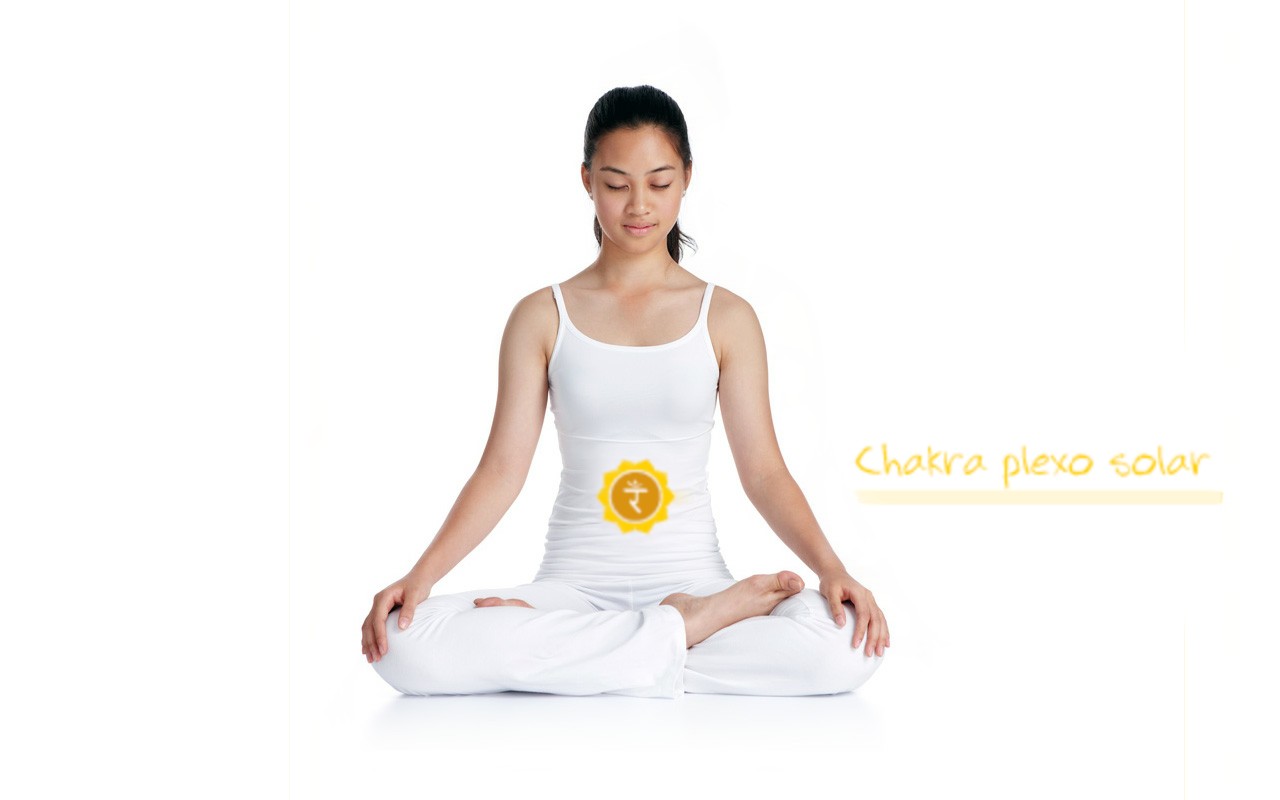
2.- Traditional symbology of the third Manipura Chakra
2.1.- Element and symbology of the third Chakra Manipura
The element that best represents this Chakra is Agni, the fire element. In addition, his Yantra or geometric shape, has inside the inverted triangle surrounded by three swastikas, which symbolize fire.
The symbol of Manipura is that of a triangle with a Hindu swastika in the form of a Sanskrit T on each of its three sides.
Everything lower apex the ram is represented, which in Sanskrit is called “Ram” (the bija mantra of Manipura Chakra). At the base of the triangle is written this mantra. The ram is the symbolic animal of Manipura, and represents indomitable dynamism and tenacity; that is why the repetition of the bija Mantra “Ram” awakens the power of Manipura.

2.2.- Vayu of the third Chakra Manipura
In this Chakra there is also evidence of the Samana Vayu, as in the Svadhishthana Chakra. It is also where Prana and Apana are symbolically located. This center directs and distributes the food essence throughout our system.

The deity of this Chakra resides at its center; this deity is Mahadeva Braddha Rudra, an old god, an apostate from Shiva, and represents the power of destruction.
Rudra Shiva is covered in white ashes. He is old and has three eyes. He is sitting on top of a tiger skin, which symbolizes the (dominated) mind that lives in desire. When Rudra manifests his supreme power, he is Ishvara, the creator, sustainer and destroyer of the universe. Rudra is the one who causes the disappearance of pain and who grants the last and final knowledge.

2.3.- The Shakti of the third Chakra Manipura
The Shakti of this Chakra is Lakini, much loved in India because it benefits all people without distinction. She has four arms, is dark-skinned, and has a radiant body. She is dressed in yellow clothes, wrapped in many ornaments, and intoxicated from drinking nectar. Holds a wand in one hand; in the other holds the arrow that is shot from the bow of Kama, the Wish. In the third hand it holds the transforming fire. The fourth hand makes the mudra to bestow blessings and dispel fears.
In Manipura psychic energies are distributed. It is also the energy reserve of the entire organism. Regulates insulin, glucose and fats. He develops the Siddhi Patala, which facilitates the acquisition of all other powers.
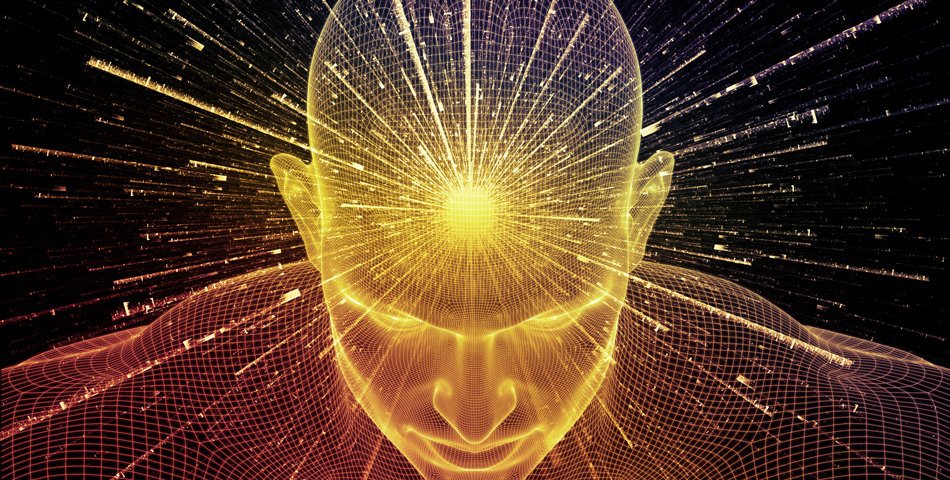
3.- Manipura Chakra Psychology
3.1.- Psychologically it is the center of personal power
Manipura is the center of personal power, but if this power is misunderstood, you can become a manipulator. Manipura also represents the ability to say NO and to say YES.
Positive personal power, as long as it is based on assertiveness (the power to say what we feel without hurting others).
In Manipura emotions settle, and extreme attention must be maintained, since the ego is empowered in this Chakra. The source of power is in oneself, and opening the solar plexus implies discerning, asking questions and answering them honestly. Real success lies in finding a way to assume power without hurting others.
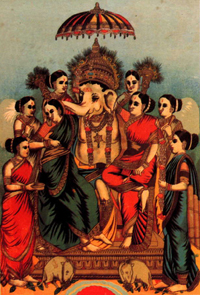
Manipura represents handling authority with integrity. When this Chakra opens, we discover if there is or has been manipulation in our actions. It also grants the strength to end any adharmic relationship.
Manipura makes it easy to gain control and achieve success in our lives. It makes us able of facing adverse situations, and solving the problems that existence poses, being masters of our destiny.
From Muladahara and Svadhisthana we react spontaneously to events, while from Manipura we are more calculating and gain the ability to self-control.
The three lower Chakras have the virtue of complementing each other in the resolution of any short or long term action. A good association would be to leave the action of carrying out the project to Manipura, with the creativity of Svadhishthana and the energy and strength of Muladhara.
3.2.- Manipura Chakra in harmony
When the Manipura Chakra is in harmony we can perceive virtues, sensations and emotions such as the following:

Vitality, joy, emotion, discipline, organization and above all quality interpersonal relationships, sharing emotions and participating in suffering and sincere joy.
3.3.- Manipura Chakra in disharmony
When the Manipura Chakra manifests in disharmony we become hypersensitive to criticism. We also express rejection of our own personal power.
We can check Manipura disharmony if we do any of the following:

Excessive ambition, attachment to material things, fear of not wanting to face others, workaholism, low self-esteem and finally, fear of assuming responsibilities or making decisions.
4.- Asanas for the awakening of the third Chakra Manipura
The recommended asanas to energize the third Chakra Manipura are the following:
– MATSYENDRASANA
– MATSYASANA
– APANASANA
– PADAHASTASANA
– ARDHA CHANDRASANA
– TRIKONASANA
– KONASANA
– DANURASANA
– PURVOTTANASANA

5.- The third center of power is in Manipura
In some tantric traditions, Muladhara and Svadhishthana are not even mentioned, as these two centers were believed to belong to lowers levels (linked to animal life), while it is in Manipura that the superior man already predominates.
Muladhara is the seat of Kundalini, Svadhisthana its residence, and its awakening occurs in Manipura.
This is so because from Manipura awakening is continuous and there is practically no danger of falling or returning Consciousness. We can say that awakening in Manipura is a confirmed awakening, which is about to happen.
6.- Main practice for Manipura Chakra
6.1.- Trataka
Trataka means to stare. It is a practice in which all attention is focused on a single point. Trataka is visual concentration. It consists of fixing the gaze on an external object.
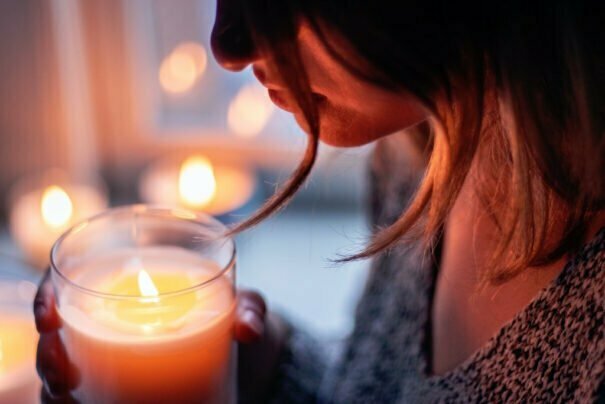
The object that serves as the focus for our attention can be anything, but it is recommended that it be something complex (such as a candle flame). This object has to mean something to you, or have a symbolic connotation (like a Yantra).
You must look at the object for a certain time (you can start with 2 minutes and increase the time in successive meditation sessions). During the time that you perform Trataka the body should be kept immobile.
6.2.- Agnisara Kriya (panting breath).
Performing this practice will enable us to activate the Manipura Chakra.
We will sit in Vajrasana, we will touch the toes and spread the knees. Then we will put our hands on our knees.

Breathe rapidly in and out while simultaneously expanding and contracting your abdomen. The breath must be in harmony with the movement of the abdomen; resembles the panting of a dog.
Quickly expand and contract your abdominal muscles several times, keeping the full and empty between breaths. In Kumbaka perform Jalandhara Bandha, before inhaling.
6.3.- Uddiyana Bandha (la contracción abdominal)
To start doing this practice, first of all we will put our hands on our knees, close our eyes and relax the whole body. Then we exhale all the air and hold our breath empty.
Sit in a meditative posture, with your spine straight and your knees touching the ground. If this is not possible, stand up. Do Jalandhara Bandha. Contract your abdominal muscles as far as you can, in and up. This is a sucking action of the muscles. Stay in this position for as long as you can hold without breathing, without exerting too much effort.
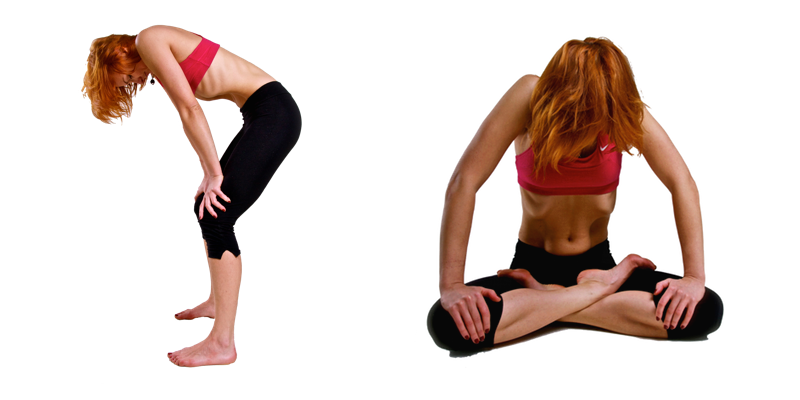
Relax Jalandhara Bandha, relax your abdomen, inhale and get up. As soon as your breathing has returned to normal, repeat the process a minimum of times for it to take effect.
7.- Other practices to activate the third Chakra Manipura
7.1.- Chromotherapy and Gemotherapy
Chromotherapy: Get a yellow cardboard and observe it carefully for a few moments (no more than 5 minutes so your eyes don’t suffer).
Gem therapy: use a stone from the third Chakra (amber, pyrite, gold, aquamarine or eye of Tiger). Then take it with your left hand and close your hand. Visualize how a yellow energy comes out of the stone you have chosen, and runs through your body until reach your third Chakra. Once there, visualize how it is cleaning and purifying everything that may be obstructed or dirty. At the end, notice how your third Chakra shines in your solar plexus.

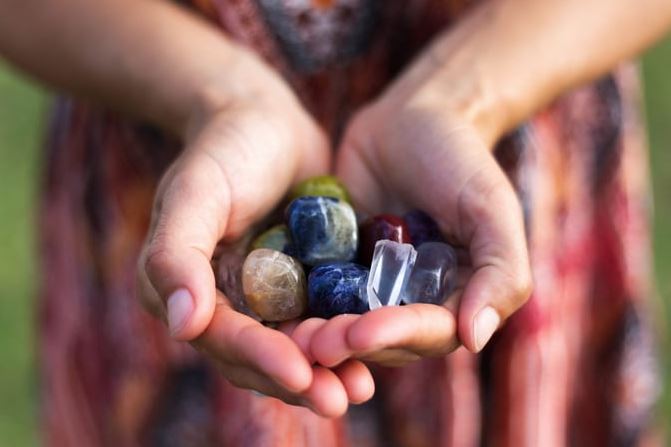
7.2.- Mantra of Manipura Chakra and aromatherapy
Mantra: The mantra for the third Chakra is the Ram mantra to be pronounced raaaaaaammmmmm.
Aromatherapy: for those people who do not have much time it can be ideal to take advantage of the essences and incense dedicated to each chakra (lemon, lavender and rosemary). Light the incense or essence in a place where you are to calmly inhale its aroma. This type of incense can be found in our store tantrayogashop.
7.3.- Music therapy and the solar plexus center
Music therapy: In this case it is about listening to music for a few minutes (as long as possible) from the third chakra. Look for something harmonious and whose time is uniform, that is, without surprises. You can find relaxing type and stimulating type, both types are correct.
The solar plexus center is very important when it comes to the capacity for human connection. When a child is born an umbilical cord remains connected between him and his mother. These cords represent a human connection. If a person creates a relationship with another human being, cords grow between their respective Solar Plexus Chakras. The stronger the connections between both people, the greater strength those cords will have.
